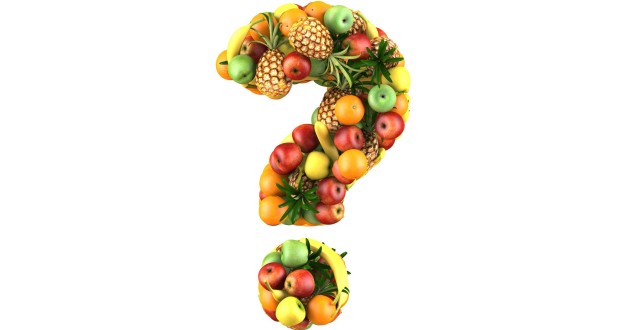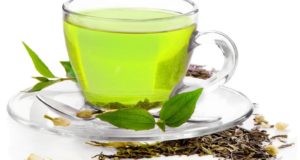We hear it all the time, the soil is depleted due to over farming, we learned how to genetically modify food, but it’s not as nutritious. Is this really true? From our live stock to our poultry to our vegetables, the research is telling us our food supply is weaker, thus we as a population are weaker. Whether you eat red meat or not, the red meat we are eating now is not as beneficial as it was 60 years ago.
In the 1950’s the cost and efficiency of feeding grass was not economical. A majoring to cattle ranchers started to feed cows grain rather than grass. The cows were able to grow faster and produce more revenue for the farmers. What generally took years, now took only a matter of months. Something has to give, and the nutrients which are so important to our overall health diminished. The Journal of Animal Science studied the differences between a grass fed and a grain fed cows and found that numerous differences. Mainly the grass fed had more nutrients like CLA (conjugated linoleic acid) a powerful nutrient that helps us burn fat and has cancer fighting properties. When your out to eat order a grass fed steak if available, you may pay a little more now, but your body will thank you.
Eggs
There is a big push these days for “free range” chickens and free range eggs. Free-range eggs are eggs produced using birds that are permitted to roam freely within a farmyard, a shed or a chicken coop. This is different from factory-farmed birds that are typically enclosed in battery cages. The term “free-range” may be used differently depending on the country and its laws. Legal standards defining “free range” can be different or even non-existent depending on the country. For example, the U.S. Department of Agriculture has no standards, and allows egg producers to freely label any egg as a free-range egg.
Many producers will label their eggs as cage-free in addition to or instead of free-range. Recently, US egg labels have expanded to include the term “barn-roaming,” to more accurately describe the source of those eggs that are laid by chickens who do not range freely but are confined to a barn instead of a more restrictive cage. A study by the U.S. Department of Agriculture in 2010 using industry standard measures of shell strength, the height of egg whites and their protein and crude fat content determined that there was no nutritional benefits to free-range eggs when compared to factory eggs.
However the study did not measure the types of fat in the eggs nor did it measure differences in vitamin and essential fatty acid content. However Grass Based Health’s (www.grassbasedhealth.com) Peter Ballerstedt states “There is no doubt that there are quantitative differences between eggs that come from chickens that run free as compared to ones produced under a confinement operation and fed a vegetarian diet. Additionally the Journal of Animal Feed Science and Technology in 1998 compared free range versus non-free range eggs and found that the free range has ten times the amount of omega 3 fatty acids. In order to ensure whether or not the eggs are free range or not, find a local farmer to buy your eggs from.
Fruits and Vegetables
A comparison of the nutrient content of 43 different garden crops between the years 1950 and 1999 showed significant decreases in six nutrients, reports a 2004 study in the Journal of the AmericanCollege of Nutrition. Shifting agricultural practices over the past 50 years have raised the question of how food quality may have been impacted by these changes.
This study compared foods such as broccoli, tomatoes, Brussels sprouts, strawberries, and green peppers. Different nutrients were compared, including calcium, iron, riboflavin, vitamin C, niacin, vitamin A, phosphorus, and thiamin. Amounts of protein, carbohydrates, fat, and calories were also compared.
When all of the foods were compared as a group, significant declines were seen between 1950 and 1999 in the amounts of calcium, phosphorus, iron, riboflavin, vitamin C, and protein. Riboflavin content showed adramatic 38% decrease, and calcium was significantly decreased by 16%. Vitamin A, thiamin, niacin, fat, and carbohydrate contents did not appear to change significantly over the 50-year period.
Because of nutrient loss in food, people should consider taking a multivitamin-mineral supplement to compensate, even if their diet consists primarily of unprocessed, whole foods.
 Natural Knowledge 24/7 Educate yourself with nutrition, health and fitness knowledge.
Natural Knowledge 24/7 Educate yourself with nutrition, health and fitness knowledge.






